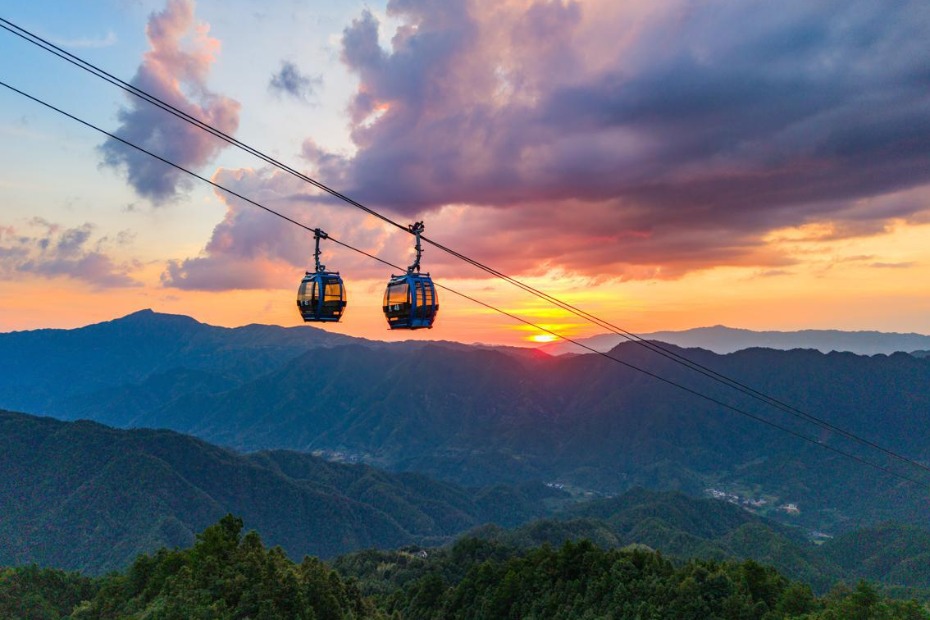China uses public interest litigation to protect Silk Road heritages

URUMQI -- In the scorching heat of Turpan Basin, where temperatures easily rise to 40 degrees Celsius, the underground Karez irrigation system offers a refreshing respite. This ancient engineering marvel continues to sustain life along the Silk Road.
"Last year at this time, the Karez wells were inscribed in the World Heritage Irrigation Structures list," said Mulati Naijimuding, a cultural relics official in Turpan city, Northwest China's Xinjiang Uygur autonomous region.
"As one of China's three great ancient hydraulic projects, it remains vital to the Silk Road region's ecosystem," said Mulati Naijimuding.
Protection of these extensive underground channels presents significant challenges. With numerous well openings scattered across remote areas, many faced risks of collapse and garbage accumulation. Two years ago, the procuratorial authority of Turpan city in collaboration with cultural relics and water conservancy departments initiated special supervision campaigns, conducting a comprehensive survey of all 1,108 Karez wells.
"Protection work requires meticulous field visits to determine specific measures, as many well openings are in remote Gobi areas, while others run through residential compounds," said Zhen Shilei, head of the second procuratorial department at Gaochang District Procuratorate in the city of Turpan.
"After dozens of investigation tours, we are promoting comprehensive protection signage across the entire watershed," Zhen said.
Procuratorial authorities in Turpan city have handled 22 public interest litigation cases related to Karez wells protection, resulting in the reinforcement of 11 collapsed well openings, the removal of over 20 tonnes of garbage, and the establishment of a multi-departmental cooperation mechanism for the protection of Karez wells.
The city's chief procurator, Zhong Yuanyuan, highlighted their role in soliciting public opinions and pooling wisdom of all sectors, putting forward proposals on the conservation and utilization of Karez wells to the municipal people's congress standing committee.
This year, the revision of the regulations on the protection of Karez wells in Xinjiang has been included in the legislative plan and is currently in the legislative research phase.
At the Jiaohe Ancient City Ruins, another Silk Road landmark, visitors now see lush greenery and thriving wildlife along the restored moat.
"Five years ago, this waterway was clogged with garbage and sediment," recalled Dai Tong, Turpan's deputy chief procurator. Through procuratorial suggestions, authorities coordinated cross-departmental efforts that cleared waste from the watershed, constructed bridges, and installed protective barriers.
The collaborative approach extends across Xinjiang. "Cultural preservation demands coordinated efforts, not isolated attempts," emphasized Zheng Liman, deputy chief procurator of Emin county. Their innovative establishment of a public interest litigation protection base at the Yemili Ancient City ruins has facilitated the clearing of three square kilometers around the site and restoration of weather-damaged sections.
The ruins now employ dedicated conservators and have transformed into an educational destination, hosting over 50 research groups annually while serving as a legal education base.
In recent years, procuratorial organs in many parts of China have stepped up protection of cultural relics along the Silk Road through public interest litigation. In neighboring Gansu province, the procuratorial authority of Dunhuang city has urged relevant departments to oversee the relocation of quarry operations near Mogao Grottoes and the restoration of the surrounding landscape.
Procuratorial authority in Kuqa city, Xinjiang's Aksu prefecture, established a multi-departmental platform to conserve the Kizilgaha Beacon Tower scientifically. At the same time, Changji prefecture and Qitai county pushed local government to invest funds to build protective fences and wooden pathways at the Shichengzi ruins.
Statistics show that from January to May 2025, procuratorial organs across the country filed and handled 2,160 public interest litigation cases for the protection of cultural relics and heritage, accounting for 4.61 percent of all public interest litigation cases. The proportion represented a remarkable 40.1 percent year-on-year increase.
- China uses public interest litigation to protect Silk Road heritages
- Quxu Cowhide Boat
- Pic story of horse trainer in Xinjiang
- China mulls law on promoting ethnic unity and progress
- China's Shenzhou XX crew advances multi-domain experiments aboard space station
- China's top legislator calls on lawmakers to contribute suggestions on environmental code





































